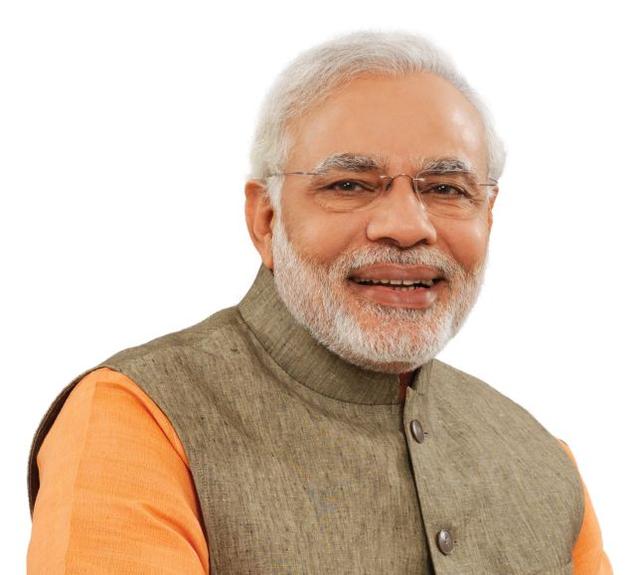497 Views
Failure to pass a bill in the session starting on Tuesday would make it almost impossible to implement the tax by a deadline of 1 April 2016
After a decade of political flipflops, law maker wrangling and leadership changes, India’s parliament once again meets to vote on unifying the nation’s 29 states under a single sales tax.
Failure to pass a bill in the session starting on Tuesday would make it almost impossible to implement the tax by a deadline of 1 April 2016. While finance minister Mr.Arun Jaitley is optimistic it will get through, his opponents have signaled they plan to disrupt parliament to protest corruption scandals.
One of the biggest reforms since India pulled down trade and investment barriers amid a crisis in 1991, the move could stoke confidence in the country’s economy by removing the headache of complying with multiple levies across domestic boundaries.
While parliament’s approval is essential, how big a dividend the change will bring depends on the shape of deals Prime Minister Narendra Modi’s administration strikes with states to persuade them to ratify the legislation.
A high rate for the new goods and services tax (GST)—offering more revenue to distribute back to states—would limit the gains to businesses and consumers.
“There are a lot of questions that have to be answered before we can say this is the cure of all ills,” said Prashant Deshpande, senior director for indirect tax services at Deloitte in India. “But the idea is right and one of the keys will be determining” a rate that’s agreeable to all, he said.
Parliamentary approval for the bill first proposed in 2006 would pave the way for the 122nd amendment to India’s constitution. It would then need to be ratified by at least 15 states before it becomes law.
Here are the biggest obstacles:
Revenue-neutral rate
While global GST rates range from 16% to 20%, some states are demanding 27%. That’s too high, Jaitley told law makers on 6 May, adding that the idea of a GST is to boost compliance using a reasonable rate and simple payment method.
He may finally settle on a rate of about 22% as a political compromise, according to Sumit Dutt Majumder, former head of India’s Central Board of Excise and Customs and the author of a book on the GST.
A higher-than-average rate risks encouraging tax evasion and nullifying the benefits of the GST. India’s tax-to-GDP ratio was 10.8% in 2012, higher than only 12 of about 200 countries tracked by the World Bank.
Tax components
To get the states to agree on a lower rate, Jaitley has promised to exempt several goods from the GST. These include alcohol and petroleum products, both high-yielding goods that account for about 30% of revenue in some states.
Other states are trying to exclude tobacco products as well. Keeping them out of the GST will further reduce revenue for the federal government, which has pledged to narrow its budget deficit while sharing a record amount of tax money with states.
Compensation
Indian states can broadly be classified into two categories: producers and consumers.
Producers include Maharashtra, Gujarat and Tamil Nadu, which manufacture and export goods to other states after taxing the products at the point of origin. Under the GST, the power to tax will lie with the consuming states, prompting producers to seek compensation.
Narendra Modi’s government plans to reimburse producing states for 100% of losses for the first three years, 75% and then 50% over the next two years, Arun Jaitley told law makers during the previous session of parliament.
Inter-state levies
Furthermore, producing states want to impose additional taxes on goods that cross their borders. Some states advocate a 1% levy, while others are demanding 2%.
While proposals so far call for the interstate tax to stay in place for two years, any extension risks undermining the whole purpose of the GST: to create a common market and tear down trade barriers within India. A World Bank study in 2005 said trucking delays at checkpoints cost India’s economy millions of hours and billions of rupees each year.
Political manoeuvring
While most all political parties say they support the GST, none want to give their opponents such a big legislative victory.
The Congress party, which pushed for the GST during its decade-long rule, has used parliamentary tactics to delay a vote on the bill in the upper house, which Modi doesn’t control. The main opposition party seeks an 18% GST rate and wants to remove major exemptions and the 1% levy by producer states, Congress leader Mani Shankar Aiyar told reporters on Monday.
At this point, many analysts say a weak GST that can be changed later is better than nothing at all.
“Good, bad or ugly, you have to get it out of the way instead of going back to the drawing board,” said R. Kavita Rao, professor at the National Institute for Public Finance and Policy, which has advised the government on policy.


